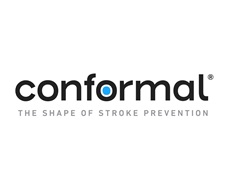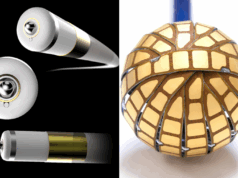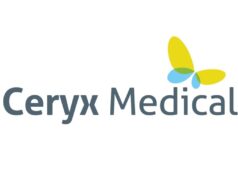 Conformal Medical has announced the successful closing of its Series D extension financing, with a new partner joining inside investors to raise a total of US$32 million.
Conformal Medical has announced the successful closing of its Series D extension financing, with a new partner joining inside investors to raise a total of US$32 million.
The funds will support enrolment in the company’s ongoing CONFORM pivotal trial and fund key pre-commercialisation initiatives for the Claas Acuform left atrial appendage occlusion (LAAO) system. Piper Sandler acted as exclusive financial advisor and Gunderson Dettmer acted as legal counsel to Conformal in this transaction.
“We are pleased to have treated over 100 patients with the next-generation Acuform system, with impressive deliverability and safety performance to date,” said James Reinstein, president and chief executive officer (CEO) of Conformal. “We look forward to building upon this robust body of evidence to further validate our one-size strategy, and the promising experience from our GLACE trial, demonstrating successful use of ICE [intracardiac echocardiography] guidance, as it would eliminate the need for general anaesthesia and intubation for these procedures.”
The CONFORM pivotal trial is the company’s clinical trial evaluating the safety and efficacy of the Claas system compared to other commercially available LAAO devices, and will support US Food and Drug Administration (FDA) premarket approval. The Claas Acuform system is designed to seal the left atrial appendage (LAA) in patients with non-valvular atrial fibrillation (AF) to reduce the risk of stroke without the need for anticoagulants. This prospective, multicentre randomised controlled study plans to randomise approximately 1,600 patients at sites worldwide, and has now enrolled more than 30% of its target population.
Conformal’s proprietary Claas Acuform technology features a foam-based architecture designed to conform to a broad range of LAA anatomies with only two sizes. According to the company, the Acuform device may also accelerate the shift to ICE-guided LAAO closure due to simplified sizing and seal confirmation, thereby potentially eliminating the need for a procedural transoesophageal echocardiogram and general anaesthesia—a significant advancement with the potential to shift clinical practice to a single-operator procedure that is less invasive for patients.









